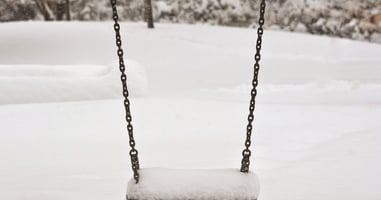Children are frequently caught up in natural or man-made disasters, but the specific postdisaster...
Pre-Katrina Environment Was Critical in Children's Mental Health Outcomes, Study Finds
 |
"Disasters are often depicted as events that affect everyone indiscriminately, regardless of social status,” wrote Lori Peek, Ph.D., an associate professor of sociology and co-director of the Center for Disaster and Risk Analysis at Colorado State University, and Alice Fothergill, Ph.D., an associate professor of sociology at the University of Vermont. However, when pre-storm poverty, parental unemployment, poor housing, insecure neighborhoods, and unreliable access to health care and nutritious food were combined with exposure to life-threatening situations, the result was a “declining trajectory,” the researchers said. Children from poor families struggled later with increased behavioral problems, higher anxiety levels, and trouble concentrating in school, noted Peek and Fothergill. Those families often ended up in mass shelters, compared with middle-class children who could stay with family or friends outside the storm zone and had more resources to draw on as they recovered from the disaster. “Our work demonstrates how pre-existing disadvantage—the crisis before the crisis—and the profound disruption caused by a disaster like Katrina can send already vulnerable children on a downward spiral,” said the authors.
For more in Psychiatric News about the effects of disasters on vulnerable populations, see the article, “MH Recovery Effort Tailored To Diverse Needs of Sandy’s Victims.” More information can be found in the American Psychiatric Publishing book Disaster Psychiatry: Readiness, Evaluation, and Treatment.
(Image: Zack Frank/Shutterstock.com)





